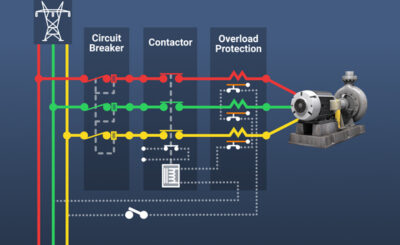As our world faces increasing environmental challenges, it is more important than ever for car owners to adopt practices that minimize their vehicles’ impact on the planet. While cars are essential for many, they also contribute to air pollution, greenhouse gas emissions, and resource depletion. Fortunately, there are several steps you can take to reduce your environmental footprint while still using your car.
Here are five critical steps to ensure that the environment is protected while you drive.
1. Regular Maintenance and Tune-Ups
Keeping your car in top condition is essential for reducing its environmental impact. Regular maintenance, including car oil changes, air filter replacements, and engine tune-ups, ensures that your vehicle runs efficiently. A well-maintained engine burns fuel more cleanly and reduces harmful emissions.
Additionally, checking your tire pressure regularly can improve fuel efficiency and decrease tire wear, which further reduces waste. By committing to regular maintenance, you not only extend the life of your car but also minimize its environmental footprint.
2. Opt for Vehicle Smog Repair
Vehicle smog repair is crucial for environmental protection because it reduces harmful emissions that contribute to air pollution and climate change. Cars that emit excess pollutants release substances like carbon monoxide, nitrogen oxides, and particulate matter, which can harm human health and the environment.
By addressing these emissions through smog repairs, vehicles operate more cleanly, improving air quality and complying with regulations designed to protect ecosystems and public health. This proactive step helps mitigate the impact of fossil fuel consumption and promotes sustainability in transportation.
3. Choose Eco-Friendly Vehicles
One of the most impactful decisions you can make as a car owner is to choose an eco-friendly vehicle. If you are in the market for a new car, consider hybrid or electric vehicles, which produce fewer emissions compared to traditional gasoline-powered cars.
Even if you are not ready to make the switch to electric, choosing a vehicle with a higher fuel efficiency rating can still reduce your carbon footprint. By opting for a more environmentally friendly vehicle, you contribute to reducing the overall demand for fossil fuels and help combat climate change.
4. Limit Car Usage and Explore Alternatives
Reducing the amount of time you spend driving is another effective way to protect the environment. Whenever possible, consider alternative modes of transportation such as biking, walking, or using public transit.
Carpooling with friends or colleagues is another excellent way to cut down on the number of vehicles on the road, which in turn reduces emissions. By limiting your car usage, you can significantly reduce your environmental impact.
5. Proper Disposal and Recycling of Car Components
Finally, proper disposal and recycling of car components are crucial for minimizing environmental harm. When replacing parts like tires, batteries, or oil, ensure that they are disposed of or recycled in an environmentally responsible manner. Many car parts can be recycled, reducing the demand for new materials and preventing harmful chemicals from entering landfills.
Additionally, consider using recycled or refurbished parts when repairing your vehicle. By taking responsibility for the disposal of car components, you can help reduce the environmental impact of your vehicle even after its useful life.








